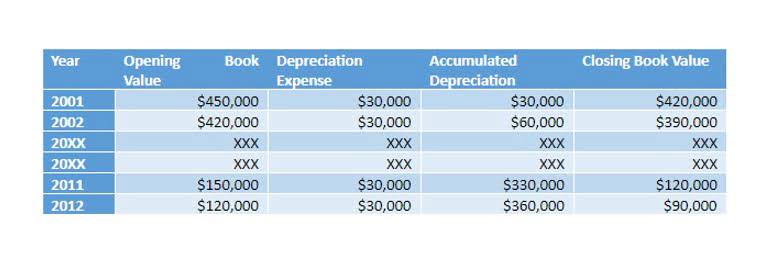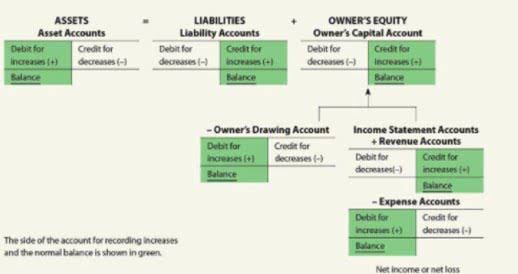
In contrast, period costs are not tied to the production process and are expensed immediately in the period they arise. For example, the cost of wood used to build a table is a product cost, while the salary of the company’s CEO is a period cost. This difference in association means product costs are initially recorded as inventory on the balance sheet, reflecting their asset nature until the goods are sold. From an accounting perspective, this distinction is crucial because it affects how and when costs are recognized. Product costs are considered assets until the product is sold, reflecting the potential future economic benefit they will provide.
Financial Statement Treatment

In contrast, period costs are expensed in the period in which they are incurred, regardless of when the products or services are sold. In the pursuit of business excellence, the management of period costs stands as a pivotal factor in shaping the financial landscape of an organization. Unlike variable costs, which fluctuate with production volume, period costs are incurred regardless of the business activity level.
How to Calculate Period Costs
This is in accordance with the matching principle of accounting, which dictates that expenses should be matched with the revenues they help to generate in the same period. If no direct connection to revenue can be established, the costs are recognized in the period they arise. For instance, office rent is recorded as an expense in the month it is period costs paid, irrespective of the sales activities of that month.
Why is it important to correctly classify expenses as period or product costs?

For example, reducing administrative expenses can lead to higher net income and retained Oil And Gas Accounting earnings, strengthening the company’s financial position. Managing mixed period costs requires a nuanced approach, balancing the fixed and variable components to ensure cost-effectiveness and efficiency. Analyzing historical data and trends can help businesses anticipate fluctuations in mixed costs and make informed decisions to control expenses.
In the intricate world of accounting and management, period costs stand as a critical concept that influences financial reporting and strategic decision-making. These expenses are pivotal for businesses to comprehend as they directly affect profitability and operational efficiency. Marketing and advertising expenses, including costs for promotional campaigns or sales team salaries, are also considered period costs. These expenditures aim to generate sales but are not directly integrated into the manufacturing process. Utility costs for office spaces, like electricity or internet services, fall into this category because they support the general work environment rather than specific production activities. Period costs don’t directly appear on the balance sheet; however, their implications are significant.
- They are not included in the cost of goods sold but are listed as operating expenses on the income statement.
- For example, if a forecast indicates an upcoming increase in utility rates, a company can budget for these higher costs in advance or implement energy-saving measures to mitigate the impact.
- A marketing manager, on the other hand, might argue for increased spending in this area, citing the long-term value of customer acquisition and brand loyalty.
- Since these costs cannot be directly linked to the production of goods, they are not included in the inventory value.
- What is important to note about these product costs is that they attach to inventory and are thus said to be inventoriable costs.
From the perspective of a financial accountant, period costs are essential for preparing accurate financial statements. They ensure that expenses are matched with the revenues of the corresponding period, adhering to the matching principle of accounting. Ignoring period costs can lead to significant distortions in financial analysis.
This article offers valuable information on the importance and effect of period costs on your overall financial business strategy. Read further to understand Period Costs, the factors surrounding their meaning, different types, advantages, and examples. It’s important to accurately determine which category a cost belongs to for correct accounting.

The Role of Aggregate Planning in Supply Chain Management: Key Strategies and Best Practices
Utilities for these offices, along with general office supplies, are also expensed in the period they are used. Legal and accounting fees for specialized services fall into this category as well, covering general business compliance and financial oversight. Period costs are always recognized in profit or loss in the period in which they are incurred. In summary, product costs are recognized in the balance sheet before being expensed in the income statement.

By implementing targeted strategies, you can significantly reduce unnecessary expenses and optimize your financial resources. Administrative expenses are non-manufacturing costs that include the costs of top administrative functions and various staff departments such as accounting, data processing, and personnel. Executive salaries, clerical salaries, office expenses, office rent, donations, research and development costs, and legal costs are administrative costs. Product costs are necessary for calculating the cost of goods sold (COGS) and valuing inventory, while period costs are not included in the calculation of COGS. Instead, period costs https://setaingenieria.com.co/how-to-file-and-pay-for-individuals/ are expensed in the period in which they are incurred and are reported as expenses on the income statement. Businesses and accountants do not utilize a standardized approach or formula to compute period costs.
